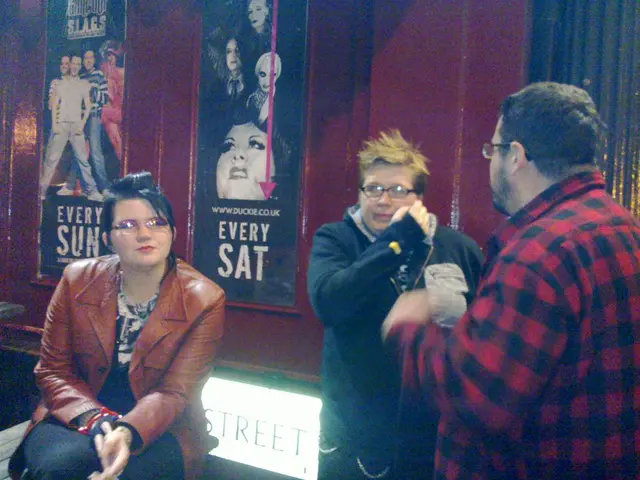Storytelling Deception Explained: Essential Insights for Screenwriters
=========================================================================
In the world of screenwriting, deception is a powerful tool that can captivate audiences and leave a lasting impact. By carefully crafting dialogue, character introspection, and visual cues, writers and producers can create layered, believable deception that drives engagement and elevates their stories.
One effective technique is the use of unreliable narration, where characters present biased or misleading versions of events, forcing the audience to question the truth behind their words. This approach builds intrigue and keeps viewers guessing, as seen in films like "The Prestige", where visual misdirection is used to hide the truth.
Subtext and emotional tone are also crucial elements in conveying deception. Dialogue can contain hidden meanings beneath the literal words, conveyed through shifts in emotion, hesitation, or symbolic language. This allows the audience to infer deception without explicit statements, deepening the complexity of the story.
Gradual realization is another technique that works well in screenwriting. Characters may move from denial to acceptance over time, letting deception unfold as part of their emotional journey. This approach creates suspense and keeps viewers invested, as they witness the character's transformation.
Contradictions and hesitations can highlight the gap between deception and reality. Including inconsistencies in what characters say or how they say it can make their self-deception visible, providing insight into their psychological state and motivations.
A powerful method for showing a character's self-deception is through reflective monologues. Moments where characters voice their internal illusions make their self-deception visible and dramatic, providing insight into their psychological state and motivations. This approach deepens character development and advances the plot by dramatizing the clash of appearance versus reality.
Crafting dialogue using these techniques creates layered, believable deception. By carefully omitting shots, creating active anticipation, and employing techniques like the "Rashomon effect" and structural deception, writers can turbocharge engagement, improve recall, and make their scripts stand out.
However, it's important to remember that deception should be used judiciously. Weak or confusing deception can frustrate readers and sink a script's momentum. Testing your work, revising sharply, and getting professional eyes on your draft can help ensure that deception is used effectively and that every twist hits hard.
In summary, mastering the art of deception ties every misdirection and reveal to character and theme. By showing rather than telling, using dialogue and character introspection to gradually peel back layers of falsehood and self-delusion, writers and producers can captivate audiences, drive engagement, and leave a lasting impact.
Read also:
- England's Tremblings: Lukashenko References English as "Native People"
- Critique on Gender Issues: Deniz Yücel draws a parallel between Minister of Culture and former East Germany's chief ideologist Kurt Hager
- "Primal instincts at play: Subnautica 2 designer notes our affinity for weapon-making stems from a fundamental desire for protection and sustenance"
- Dragon Age series might find a promising future with remasters, according to ex-BioWare producer Mark Darrah, but it seems unlikely that EA and BioWare possess the capability for such undertakings at present.








